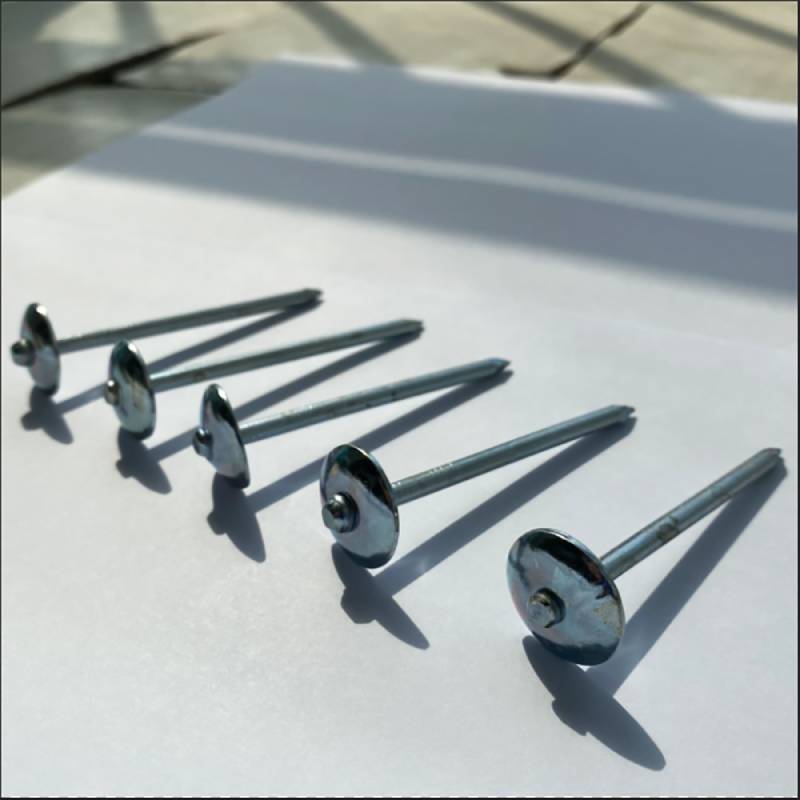Best Nails for Securing Wood to Concrete Surfaces in Construction and Home Improvement Projects
Nails for Wood to Concrete A Comprehensive Guide
When it comes to construction and carpentry, the ability to securely fasten wooden structures to concrete surfaces is crucial. Whether you're building a deck, erecting walls, or constructing any outdoor structure, understanding the right type of nails for wood-to-concrete applications can make all the difference. This article explores the various options available for fastening wood to concrete, highlighting the type of nails, tools, and best practices for achieving strong and durable joints.
Types of Nails for Wood to Concrete
1. Concrete Nails Concrete nails are specifically designed for fastening wood to concrete. Made from hardened steel, these nails are capable of penetrating concrete surfaces without bending. They are typically thicker than regular nails and often come with a fluted shank which provides better grip and holds the wood securely against the concrete.
2. Masonry Nails Similar to concrete nails, masonry nails are rugged and designed to penetrate tough surfaces. They feature a large, flat head to prevent the nail from pulling through the wood and are great for lighter applications.
3. DuoFast or Concrete Screws While not traditional nails, concrete screws, such as the popular Tapcon screws, can be used to attach wood to concrete effectively. These screws are designed for direct installation and only require a pre-drilled hole, making them a convenient option. Their threads are designed to cut into concrete, providing excellent holding strength.
4. Powder-Actuated Fasteners Also known as nail guns for concrete, powder-actuated tools offer a fast and efficient alternative to traditional nails. These tools use a small explosive charge to drive nails into concrete, providing a strong hold without the need for pre-drilling. However, they require proper safety measures and training to use effectively.
Tools for Installation
To successfully attach wood to concrete with nails, specific tools will be needed
- Hammer or Pneumatic Nailer A heavy-duty hammer is essential for driving concrete nails, though a pneumatic nail gun can significantly speed up the process, especially for larger projects. Ensure that the nail gun is compatible with concrete nails or fasteners.
nails for wood to concrete

- Drill with Hammer Function If you're opting for concrete screws, a heavy-duty drill equipped with a masonry bit is necessary for creating pilot holes in the concrete.
- Safety Gear Always wear safety goggles and ear protection when using power tools to prevent injuries.
Best Practices
When fastening wood to concrete, certain practices can maximize the durability of the connection
1. Pre-drilling Holes For concrete screws and some types of concrete nails, pre-drilling holes can prevent cracking and ensure a cleaner installation.
2. Spacing and Placement Distribute nails or screws evenly, maintaining appropriate spacing to prevent splitting the wood and to distribute load evenly across the concrete surface.
3. Consider Weather Conditions If the wood will be exposed to moisture, use galvanized or stainless steel fasteners to prevent rust and corrosion.
4. Choosing the Right Length Select nails or screws that are long enough to penetrate both the wood and the concrete effectively. A common rule is to ensure at least 1 inch of penetration into the concrete.
Conclusion
Securing wood to concrete requires careful selection of nails and tools to ensure a strong bond. With options ranging from concrete nails to powder-actuated fasteners, it is essential to choose the right method based on the specific needs of your project. By following the best practices outlined above, you can create sturdy and long-lasting connections that withstand the test of time. Whether you’re a professional contractor or a DIY enthusiast, understanding the ins and outs of fastening wood to concrete will significantly enhance the quality of your work.
-
Space-Saving Chain Fence Hacks Vertical Gardening with Cyclone MeshNewsJul.16,2025
-
Innovations in Iron Nail Wire Production for Modern ConstructionNewsJul.16,2025
-
Creative Uses of Wire Netting Fence in Modern Landscape DesignNewsJul.16,2025
-
Barbed Wire Fence Innovations in Anti-Climb TechnologyNewsJul.16,2025
-
Architectural Uses of Umbrella Nails for Aesthetic Roof DesignsNewsJul.16,2025
-
Architectural Uses of Razor Barbed Wire in Secure Urban DesignNewsJul.16,2025




